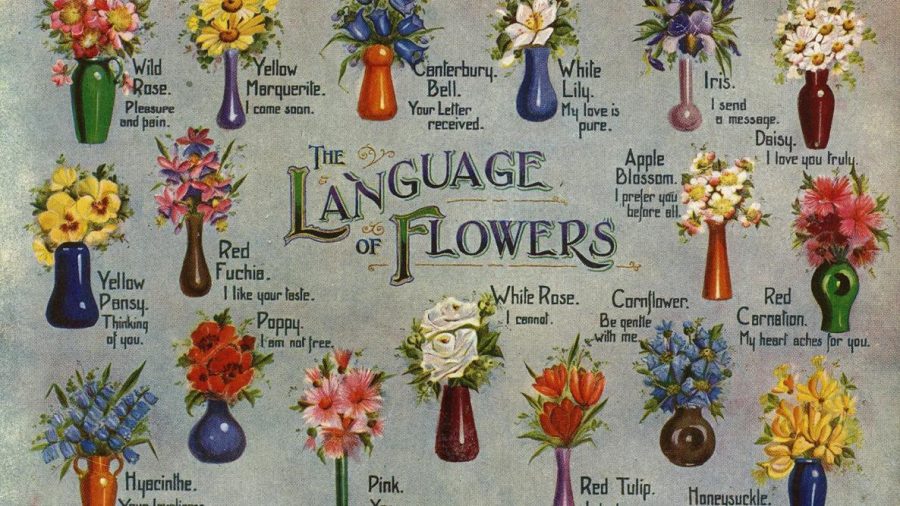The Language of Flowers
Over the years, different meanings for flowers have been established and sometimes used as another language. They can communicate a wide range of messages from love to disdain.
During the 1800s, the symbolism of plants became popular. Guidebooks that deciphered the meaning of certain blooms grew common, although definitions sometimes varied depending on the source.
According to Victorian-era etiquette, even the position or condition of the flowers gifted could relay distinct messages. For example, they could answer “yes” or “no” questions. If the flowers are handed over using the right hand, it means “yes”, and if the flowers are presented to the recipient using the left hand, it means “no”.
Knowledge of the “floral” language can be useful on several occasions such as weddings, birthdays, dates, and holidays. When planning an event or finding the right bouquet, being aware of what the flowers convey can help you communicate the right idea.
Even though this form of speech has become less familiar over the years, it still holds its significance and is a reminder that every herb, flower, or plant has a hidden message beneath its lovely exterior.
Symbolism for flowers (may vary):
- Abatina – fickleness
- Arborvitae – unchanging friendship
- Basil – good wishes
- Begonia – beware
- Butterfly weed – let me go
- Candytuft – indifference
- Pink carnation – I’ll never forget you
- Cyclamen – resignation, diffidence, goodbye
- Daisy – innocence, loyal love, I’ll never tell
- Edelweiss – courage, devotion
- Fennel – flattery
- Geranium – folly, stupidity
- Hollyhock – ambition
- Purple hyacinth – sorrow
- Yellow jasmine – grace, elegance

Quyen Nguyen is a sophomore (10th grader) at Pieper High School. She is involved in journalism and HOSA. Quyen enjoys the investigation and writing aspects...







